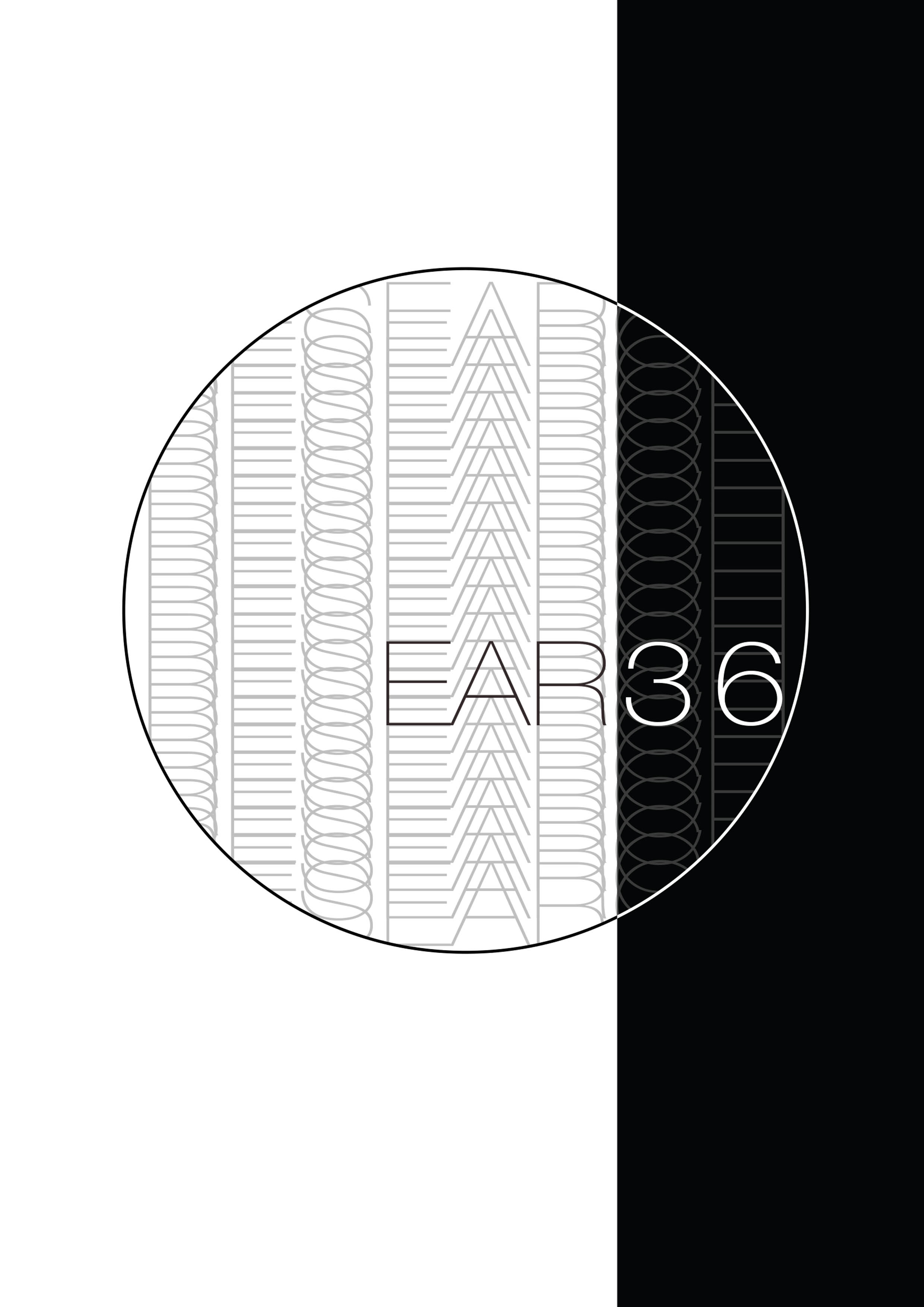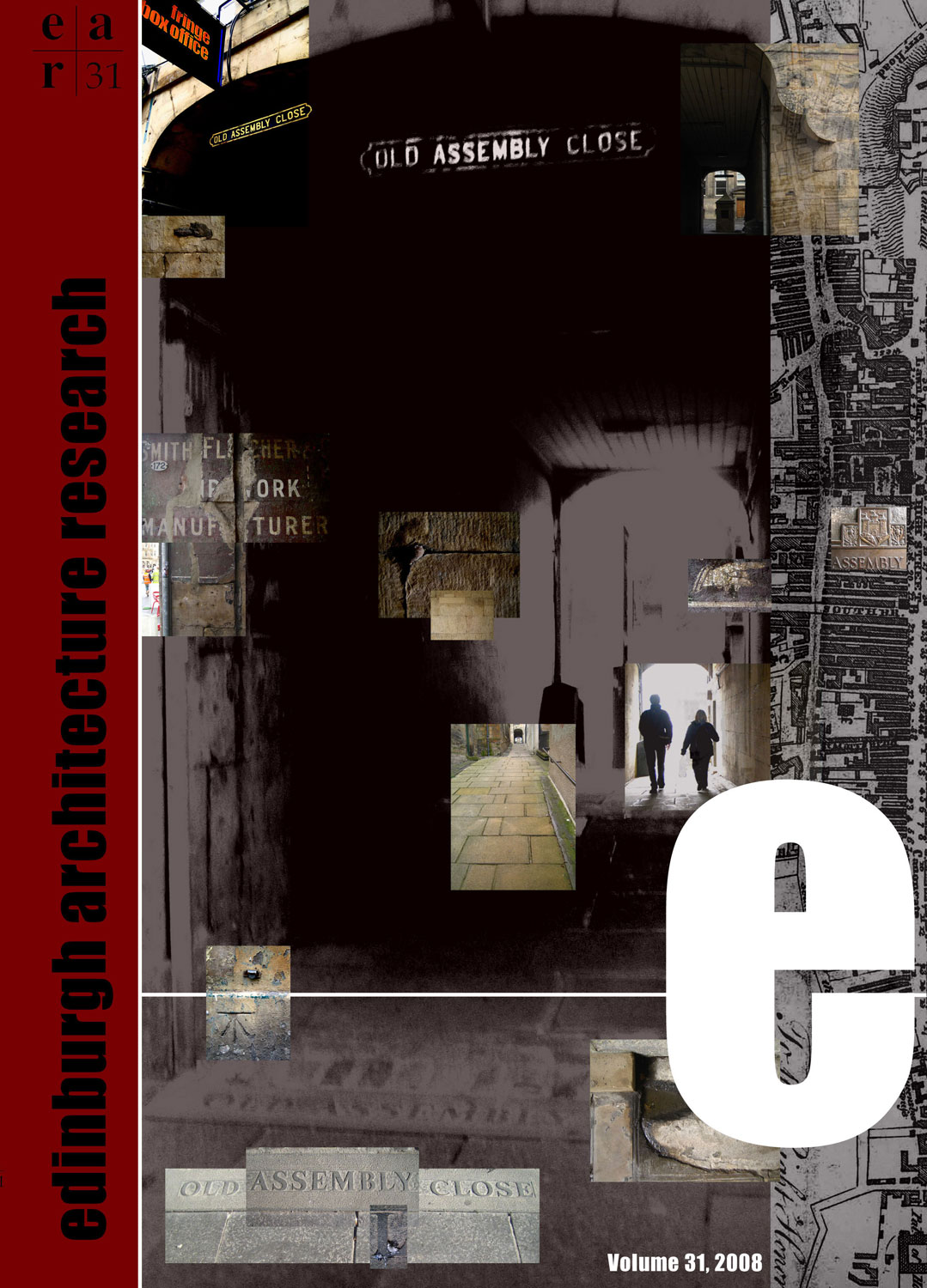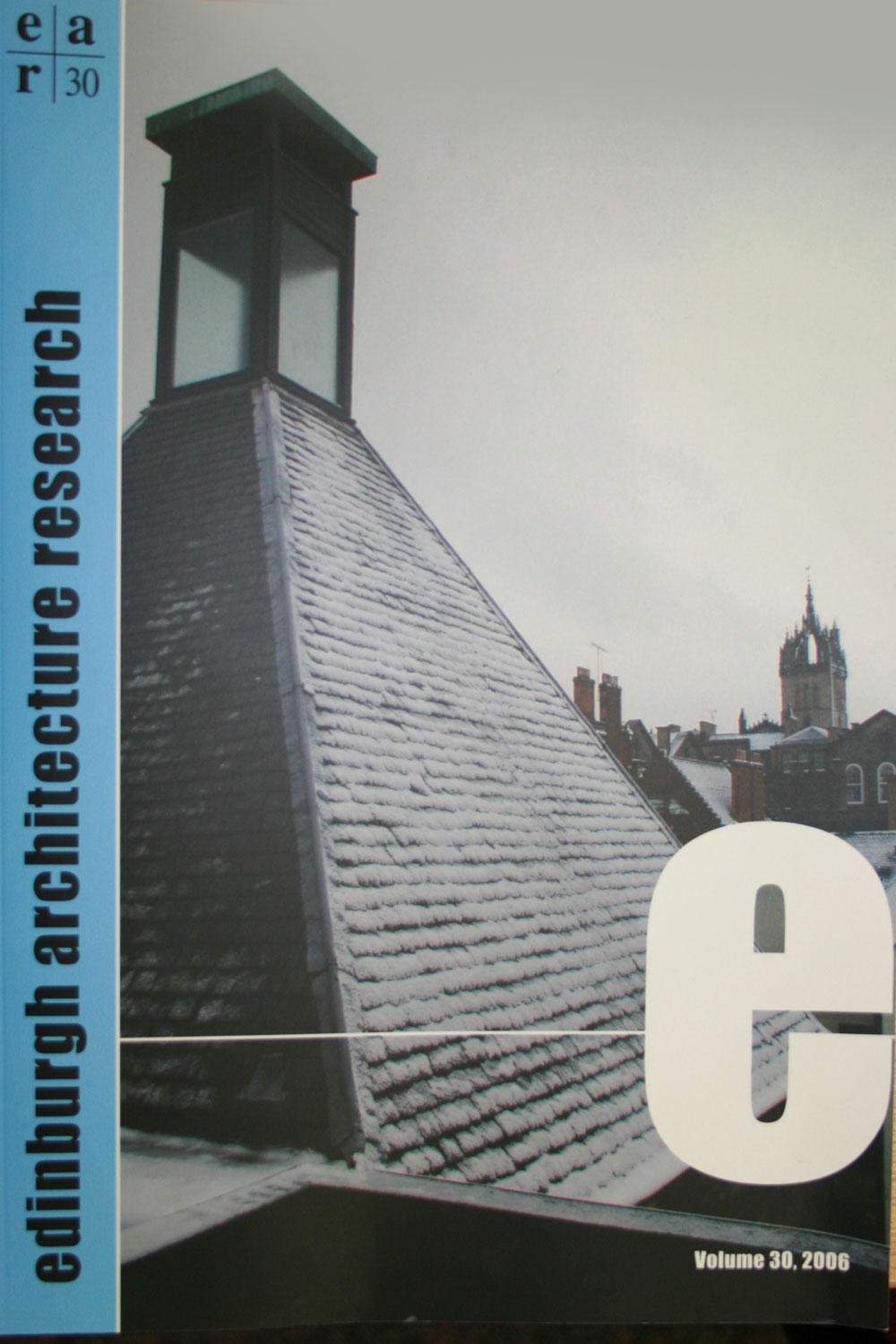Archives
-
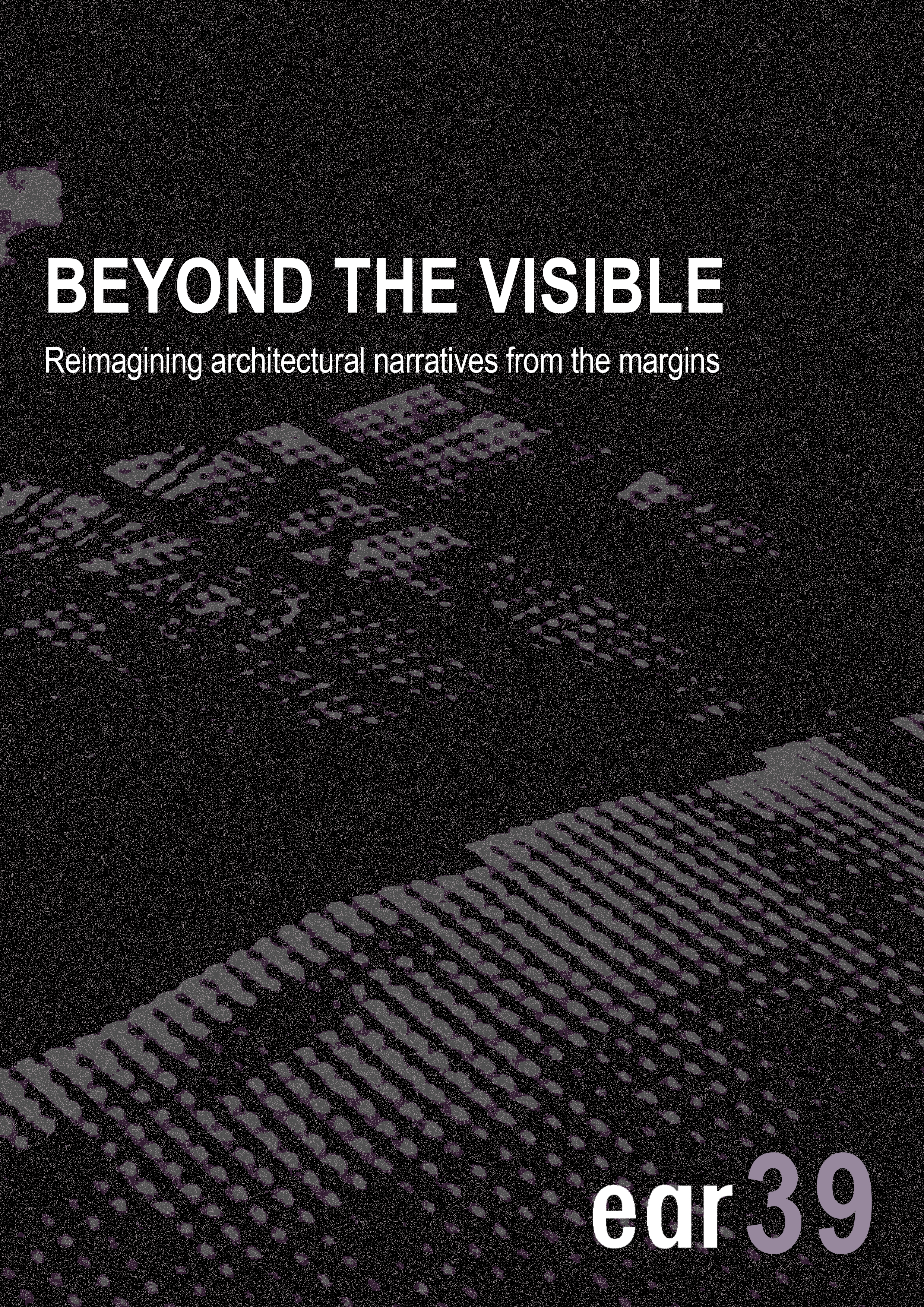
Beyond the Visible: Reimagining architectural narratives from the margins
Vol. 39 (2025)Architecture is often understood through tangible manifestations—buildings, monuments and urban landscapes. However, the discipline extends beyond these visible structures, encompassing processes, narratives, and actors that operate in the margins. The 39th issue of Edinburgh Architecture Research Journal (EAR39), titled “Beyond the Visible”, invited proposals that move beyond the immediate materiality of architectural surfaces to reveal the hidden memories and stories embedded within them. EAR39 explores the discipline beyond its visible structures, illuminating hidden and often overlooked dimensions of architecture. Building on our previous issue “Beyond Human”, which challenged anthropocentric views of the built environment, EAR39 aims to push the boundaries of architecture as a discipline and to redefine it as an open-ended process rather than a finite product.
-
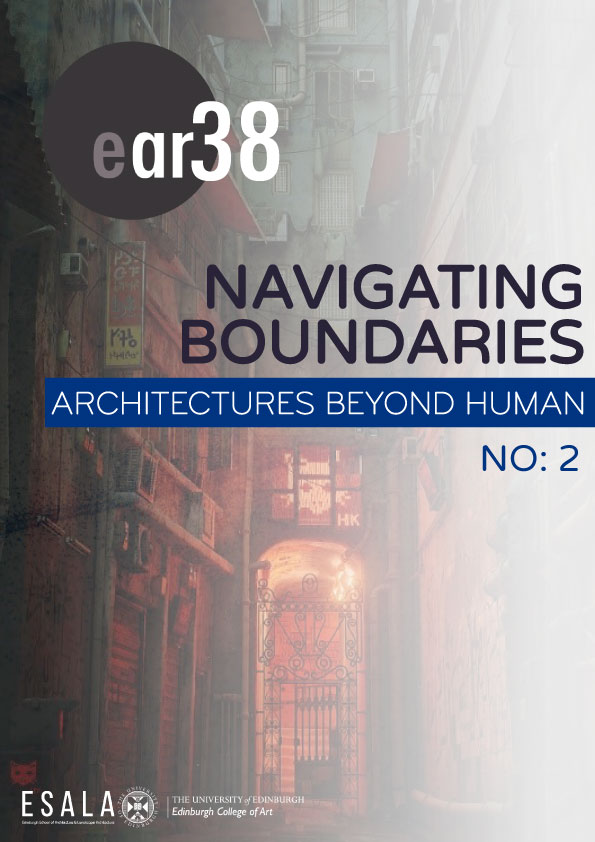
Navigating boundaries: Architectures beyond human
Vol. 38 No. 2 (2024)The second issue of EAR38 delves deeply into the virtual environment, exploring its impact on spatial perception and construction. The contributions within this issue examine how technological advancements are used to create both physical and virtual spaces, as well as the behaviours demonstrated by both humans and non-humans within these immaterial environments. Through a critical review of the videogame Stray (about the adventures of a cat and its flying robot companion), Hamid Amouzad Khalili and Rui Ma explore non-human spatial storytelling across urban, architectural and interior scales, as well as character interaction challenges. Supported by comments from an interview with one of the game’s developers and by detailed analytical drawings, the article explores videogame placemaking and the spatial design of fetch quests. Conceptualising Gaudí’s La Sagrada Familia as posthuman, Jaya Sarkar’s article steps away from traditional perceptions of design and agency as a step towards an embodied and entangled architecture of the famous basilica. The author explores how posthumanism enables new design methods to integrate with the cathedral's original ideas and addresses the process of materialising its architectural concepts amidst technological advancements, emphasising future sustainability and a pluralistic, hopeful architectural vision.
-
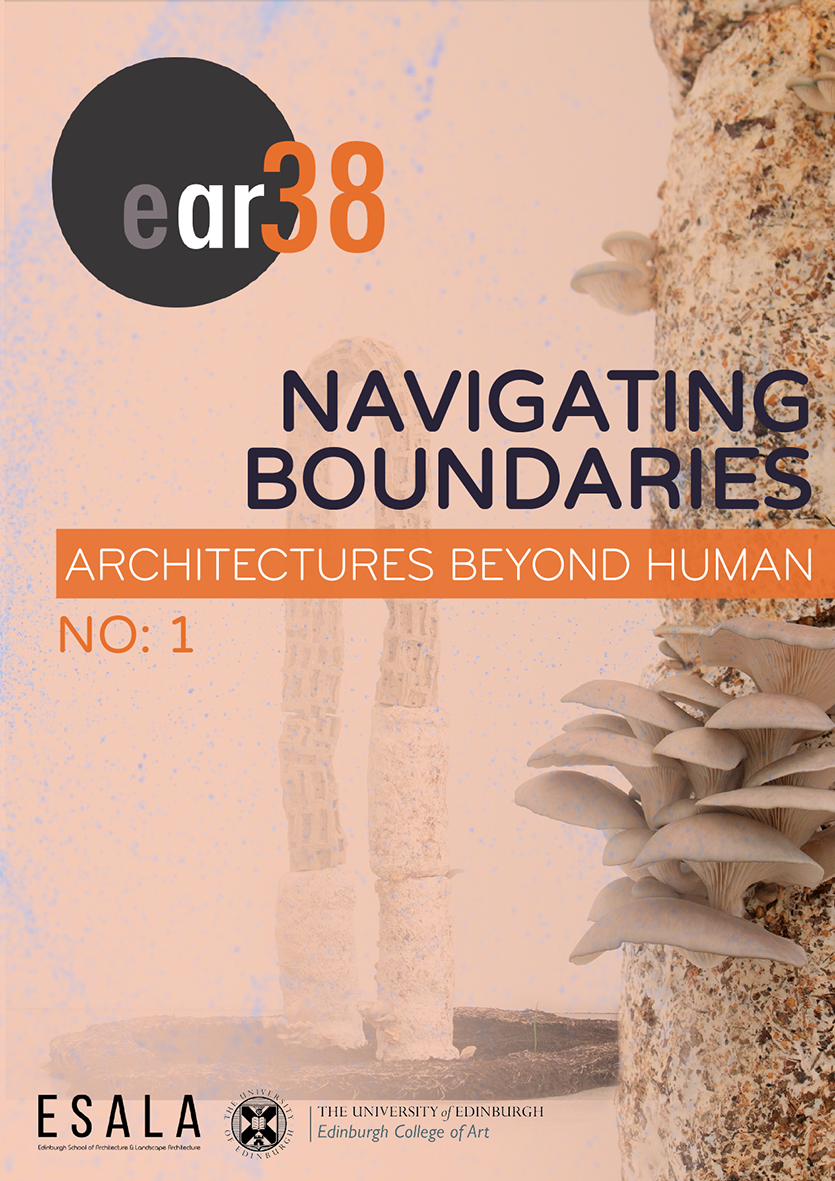
Navigating boundaries: Architectures beyond human
Vol. 38 No. 1 (2023)Continuing our enthusiasm for exploring new perspectives within the field of architecture and the built environment, EAR 38 questions anthropocentric approaches to architecture, emphasising the need to re-evaluate human dominance in the face of environmental concerns and the aftermath of the pandemic. These include investigations that examine human impacts on ecosystems, and exploration of the intersection of the human and the artificial through technological advancements. Following from EAR37: Moving onwards: Methodological explorations, we continue our quest to explore new ways of looking at architecture and the built environment. In EAR38: Navigating boundaries: Architectures beyond human, we acknowledge the interdisciplinary nature of the field and the necessity to adapt to contemporary issues and envision alternative futures.
-
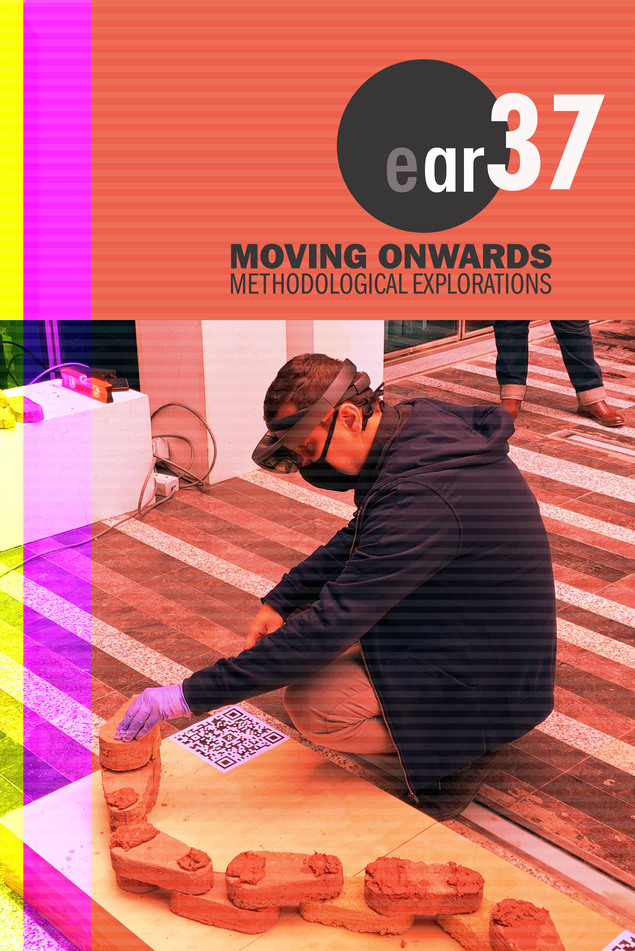
Moving Onwards: Methodological explorations
Vol. 37 (2022)EAR 37th issue Moving Onwards: Methodological explorations collects intellectual responses from different academics to the challenges of moving onward in a world reshaped by the COVID-19 pandemic. In this issue, our authors present a variety of innovative methodologies: oral history interviews, photo interviews, autoethnography, performance fictioning, artisanal forms of construction, creative use of digital tools, speculative design methods, inferential statistics, examining evaluation in co-design and archival work of different types. In today’s world where global pandemics and climate change are a pressing reality, the reuse and combination of qualitative and quantitative methods to respond to current research and design challenges is only appropriate. The papers presented in this issue show that, through the exploration and combination of methods, we can make sense of an imperfect and sometimes catastrophic reality. We hope the discussion and reflections presented in this issue inspire researchers of the built environment and beyond at all levels creatively to adjust their methodologies in response to an increasingly challenging global setting.
Past Issues:
We are in the middle of migrating our information from our former web page. However, you can browse our previous issues by visiting https://blogs.ed.ac.uk/ear-journal/previous-issues/

